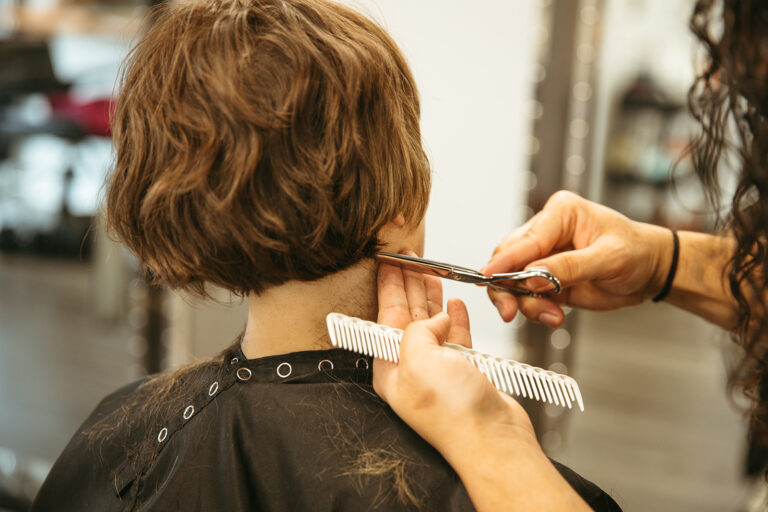Fostering Inclusivity in the Hair Industry: Embracing the Full Spectrum of Hair Types and Textures
In the ever-evolving world of beauty and self-care, it is crucial for salons and barbershops to foster teams capable of catering to clients regardless of their hair type or texture. This article aims to shed light on the significance of bringing about change within the hair industry, emphasizing inclusivity and diversity as core principles.
The Diversity of Hair:
Cultural background and ethnicity should not be the sole factors dictating one’s hair type or texture. While certain areas may have a higher population of specific hair textures or types, the undeniable truth is that diversity in hair exists everywhere. The full spectrum of hair types and textures includes:
– Texture: Coily, curly, wavy, and straight.
– Density: High, medium, thin/thinning.
– Length: Very long, long, medium, short, very short.
– Individual strands: Thick, medium, and fine.
These elements combine in countless ways, often coexisting on a single individual’s head.
The Value of Education:
No matter the services offered, it is imperative to have a team well-educated in all hair types and textures. Whether it’s coloring, cutting, blonding, or styling, the emphasis should be on providing comprehensive knowledge. This doesn’t imply that every artist must be a master of all hair types, but they should, at a minimum, possess a basic understanding of the full spectrum. This ensures that they can offer suitable recommendations, even if they are not the best fit for a particular client’s needs.
Redefining Beauty Education:
For decades, beauty schools have primarily upheld European standards of beauty, focusing on straight to wavy hair. The industry is in need of a significant shift, one that begins with redefining the foundational training provided in schools. While social media has amplified the voices of advocates for changes to training programs in schools, a more substantial transformation is necessary.
The Power of Specialization:
An emerging community of artists is placing a strong emphasis on expanding their education to better cater to all hair types. Some are choosing to specialize in serving clients with specific textures. This development is beneficial for the industry as a whole, as it ensures that all clients are accurately represented in the world of hair care. Colorists should be proficient in coloring all hair types, blonding specialists should excel at lightening all hair, and hair cutters should be skilled at cutting all hair. By specializing, artists can delve deeper into specific areas, whether it’s natural brunettes and reds, lived-in blondes, barbering and clipper cutting, or long hair and layering. Building a team or network of artists capable of addressing diverse client needs is a vital aspect of this approach.
The beauty industry is undergoing a transformation, with many artists and salon owners recognizing the importance of embracing change. We encourage readers to reflect on any reservations they might have about these shifts and to consider where these feelings stem from. In doing so, we can all ensure that our mindsets serve not only our personal interests but also the greater community. For stylists, salon owners, and clients alike, it’s a call to assess how you can better serve your clients and community by embracing diversity. Diversity is a beautiful aspect of the industry, and the future of beauty will undoubtedly be more stunning with an even greater focus on inclusivity and the full spectrum of hair types and textures.



